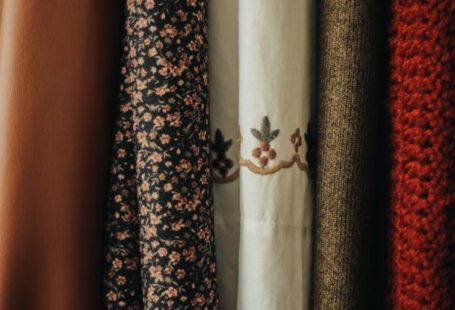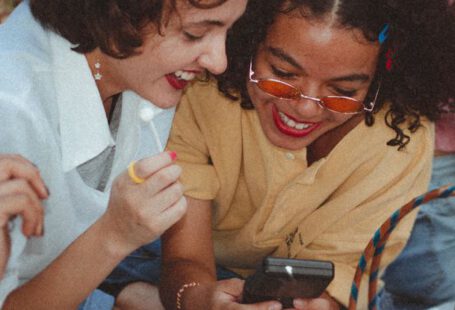Designers are the trendsetters of the creative world, constantly pushing boundaries and setting the stage for what’s to come. From fashion to interior design, graphic design to product design, staying ahead of the curve is essential. But how do designers predict trends? Let’s delve into the fascinating world of trend forecasting and explore the methods behind predicting what’s next in the world of design.
Trend Forecasting: A Blend of Data and Intuition
Trend forecasting is a complex process that involves a mix of data analysis, market research, and intuition. Designers rely on a variety of sources to stay informed about emerging trends, including social media platforms, fashion shows, trade fairs, and consumer behavior studies. By analyzing this data, designers can identify patterns and themes that are likely to shape future trends.
One key aspect of trend forecasting is understanding the zeitgeist, or the “spirit of the times.” Designers need to be attuned to cultural shifts, political events, and societal changes to accurately predict what will resonate with consumers. By tapping into the collective consciousness, designers can anticipate the direction in which trends are likely to evolve.
Color Psychology and Cultural Influences
Color plays a crucial role in design trends, evoking emotions and setting the tone for a product or space. Designers often look to color psychology to understand how different hues can impact consumer perceptions and behaviors. By studying color trends in various industries, designers can anticipate which colors will be popular in the coming seasons.
Cultural influences also play a significant role in trend prediction. Designers draw inspiration from a wide range of sources, including art, music, film, and travel. By immersing themselves in different cultures and subcultures, designers can gain fresh perspectives and insights that inform their creative work. By embracing diversity and inclusivity, designers can create designs that resonate with a global audience.
Sustainability and Ethical Design
In recent years, there has been a growing emphasis on sustainability and ethical design within the creative industries. Designers are increasingly conscious of the environmental and social impact of their work and are seeking ways to create more responsible and eco-friendly designs. By incorporating sustainable materials, reducing waste, and supporting ethical practices, designers can align their work with the values of today’s consumers.
Cross-Disciplinary Collaboration
Collaboration is key to predicting trends in the fast-paced world of design. By working with professionals from different disciplines, such as trend forecasters, psychologists, and technologists, designers can gain fresh perspectives and insights that inform their creative process. Cross-disciplinary collaboration fosters innovation and allows designers to stay ahead of the curve by leveraging diverse expertise and knowledge.
The Future of Trend Prediction
As technology continues to evolve, the future of trend prediction in design is likely to be shaped by data analytics, artificial intelligence, and virtual reality. Designers will have access to vast amounts of data that can be analyzed to identify emerging patterns and trends. By harnessing the power of AI and VR, designers can create immersive experiences that engage consumers in new and exciting ways.
In conclusion,
Predicting trends in the world of design is a multifaceted process that requires a blend of data analysis, creative intuition, and cultural awareness. By staying informed, embracing diversity, and collaborating across disciplines, designers can anticipate what’s next in the ever-evolving landscape of design trends. As the creative industries continue to evolve, the future of trend prediction holds endless possibilities for innovative and exciting design innovations.





